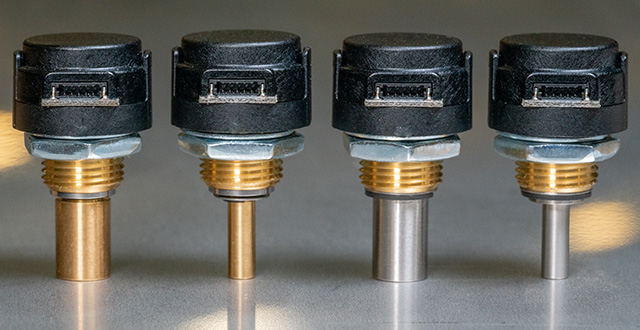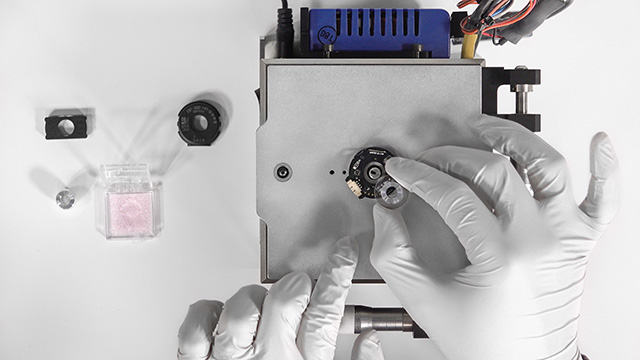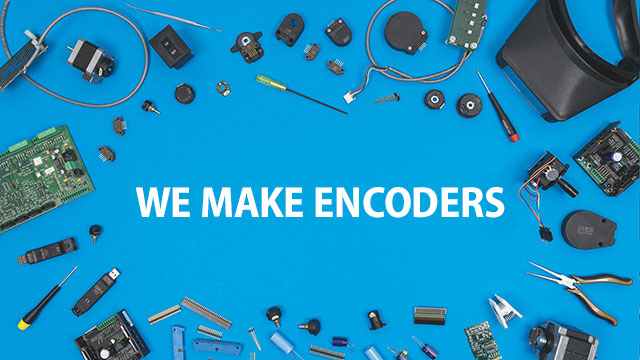Encoder Applications - Encoders Used on Drones
The surge in popularity of drones in recent years has been remarkable. Although sometimes we hear about them when they cause trouble—like flying too close to commercial aircraft—more frequently we hear about drones because of the interesting new ways they're being put to use.
Drones are used in agriculture, to monitor crop growth and field conditions. Home inspectors for insurance companies use drones to check on the condition of a roof—without having to risk injury by climbing ladders. Workers on oil pipelines have used drones to improve pipeline inspection.
And of course, many companies are developing autonomous drones that will deliver packages—or pizza—directly to a customer's doorstep. The company Flirtey, for example, has made successful pizza delivery demonstration flights; their next step is to develop a service to deliver automated external defibrillators (AEDs) to 911 callers, via autonomous drones.
No matter what type of drone or how it's put to use, there are often many moving parts. Drone developers who need to sense the position, angle or speed of mechanisms in motion find that encoders are ideal for the task.
Typical applications for encoders used on drones include the following:
- Control Surfaces : flaps, ailerons, vertical elevators, speed brakes
- Airflow Indicators : angle of attack (A0A); angle of sideslip (AOS)
- Landing Gear : to verify extension or retraction
- Payload : gimbals for video cameras and optical devices; packages
Let's look at a few examples of how people who develop drones use encoders in their research.
The Angle of Attack (AOA) probe is a sensor that measures the angle between an aircraft control surface and the oncoming airflow. The video shows a probe moving up and down in the wind. Notes below the video reveal that the sensor that converts probe motion to an electrical signal is an absolute magnetic encoder.
Groups of drones can be flown in coordinated formations, sometimes known as "swarms". This is useful if you need to monitor a large area, or measure many points at once. In our next example, researchers are developing sensors to measure angle of attack (AOA), and angle of sideslip (AOS). The information is shared between drones to coordinate their flight formation. Here's a photo of how the sensors are mounted:

The AOA and AOS sensors each use a magnetic absolute encoder, as the authors mention in their research paper (in the paper, see the paragraphs immediately above and below the photo).
The payload for a drone is often a video camera, used to transmit images from the air to the ground. The camera can be mounted in a gimbal, which allows the camera to move in the roll, tilt and pan directions. You can see a gimbal mounted below the nose of Georgia Tech's research helicopter, the GTMax, in the photo below.

Here's a close-up of the gimbal. In their research paper, the authors explain that the gimbal uses three incremental encoders, each with an Index. The quadrature output from the encoders transmits information about the roll angle, the tilt angle, and rotation about the pan axis, as well as direction of motion.

The Index channel transmits one pulse per encoder revolution; the system uses that pulse to enable positioning at power-up.
The requirements for a sensor used on a drone can be demanding, but with light weight and low power consumption, the right encoder can meet the test.
Sources:
- Flirtey video: youtube.com/Flirtey
- Test flight video: youtube.com/EnacUAVLab
- AOA and AOS Sensors photo: ncbi.nlm.nih.gov
- GTMax Research Drone Helicopter and Gimbal photos: researchgate.net
More in News
Stay up to date
Sign up for our newsletter to stay up to date with our product updates, blog posts, videos and white papers.


